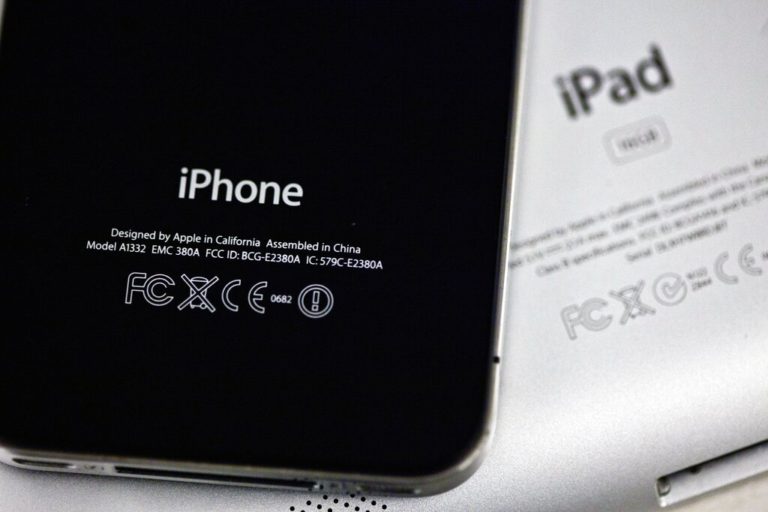
India, the world’s second-most populous country, will have its coveted election for Prime Minister in either April or May of 2019.
Although some may say it’s a little too early to tell what the outcome will be, it is undeniable that election cycle lobbying takes place much, much earlier than the actual election date. Various political parties in India begin to shake hands, form coalitions, and endorse their candidates as early as a year before Indian citizens are due to cast their vote. The rise of technology within Indian society, however, has created a bigger platform for political parties to target their voter outcomes.
India is enormous, both in terms of land and in terms of population, and that is when things start to become slightly complicated. Like the United States, India has two major political parties: the Indian National Congress (INC) and the Bharatiya Janata Party (BJP.) As of now, the BJP holds all the cards, winning the last election in 2014 with the current Prime Minister, Narendra Modi. Not only did Modi manage to outmaneuver the INC by taking 282 of the 543 seats in the Lok Sabha (India’s ‘lower house’ of Parliament), but the INC suffered their worst defeat since 1947, receiving only 44 seats from their previous 206 seats in the 2009 election.
Like me, you might be interested in what exactly controls their erratic levels of popularity in the eyes of the public.
It seems, according to Analytics India Magazine, that big data tools might be what decides the fate of this election. Many political commentators have correlated the BJP’s 2014 win to their extensive use of data applications to gage voter turnout and possible ‘swing’ states, which are sometimes known in India as ‘bellwether constituencies’. The BJP targeted mobile voters through voice broadcasting, as well as activating cookies on their website to gather information on their voter profile. Other Indian political parties such as the INC have followed suit towards the power of online presence and personal data management. Estimates for 2019 show roughly a 54 percent increase in social media users in India, meaning that the wider audience given to the political parties through technology could completely change the election campaigning process.
Rahul Gandhi, the current leader and face of Congress, has also considered data analytics as an integral part of this election cycle, according to his DA Department Head Praveen Chakravarty. India’s geographical complexity has always made the voter profile slightly murky, but as data analytics continues to climb higher and higher on the campaign’s priority list, the unknown voter pools could be discovered. After all, India’s online presence is estimated at 462.12 million people for 2019, giving it the second-largest amount of internet users after China. What Congress and BJP decide to do with this opportunity to capitalize on voter information could alter the traditional Indian election cycle indefinitely.



